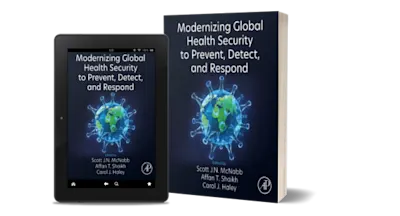Limited Offer
Save 50% on book bundles
Immediately download your ebook while waiting for your print delivery. No promo code needed.

Stem cells are immature or undifferentiated cells that are able to renew by themselves and differentiate into more specialized, tissue-/organ-specific cells. Stem cells are kn… Read more
Limited Offer

Stem cells are immature or undifferentiated cells that are able to renew by themselves and differentiate into more specialized, tissue-/organ-specific cells. Stem cells are known for their potential to repair damaged tissues and organs of the human body. Stem cell research and therapy opens a new avenue in regenerative medicine to address clinical challenges. There has been a dramatic increase in the utilization of stem cells in tissue engineering and regenerative medicine as a consequence of the revolution in nanotechnology or the use of materials with fundamental size scales in the nanometer regime. For example, nanoengineered scaffolds can be utilized for stem cell culture and transplantation, and magnetic nanomaterials can be utilized for stem cell tracking and imaging.
The goal of Stem Cells - A Nano Approach, is to present a comprehensive overview of all the key aspects from fundamentals to current advancements of nanotechnology in stem cell research and therapy. The book brings all the current information and breakthroughs of various biomedical elements such as nanobiomaterials, nanodevices, stem cell nanotechnology, stem cell biology, stem cell delivery, stem cell therapy, tissue engineering, biosafety, and various clinical translational aspects into a self-contained course module. The book also addresses ethical and regulatory issues of using stem cells for basic research as well as clinical treatments from an international perspective. The book aims to stimulate a discussion of the future research directions in these multi-disciplinary fields from the scientific, engineering, ethical, and clinical point of view. This will assist multi-disciplinary communities to address and investigate stem cell fields of shared interest.
Graduate students, researchers, professors, and industrial experts working in the fields of stem cells, biomaterials science and engineering, nanoscience and nanotechnology, bioengineering, biomedical sciences, bioethics, translational and clinical medicine
MR